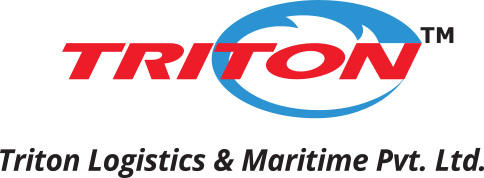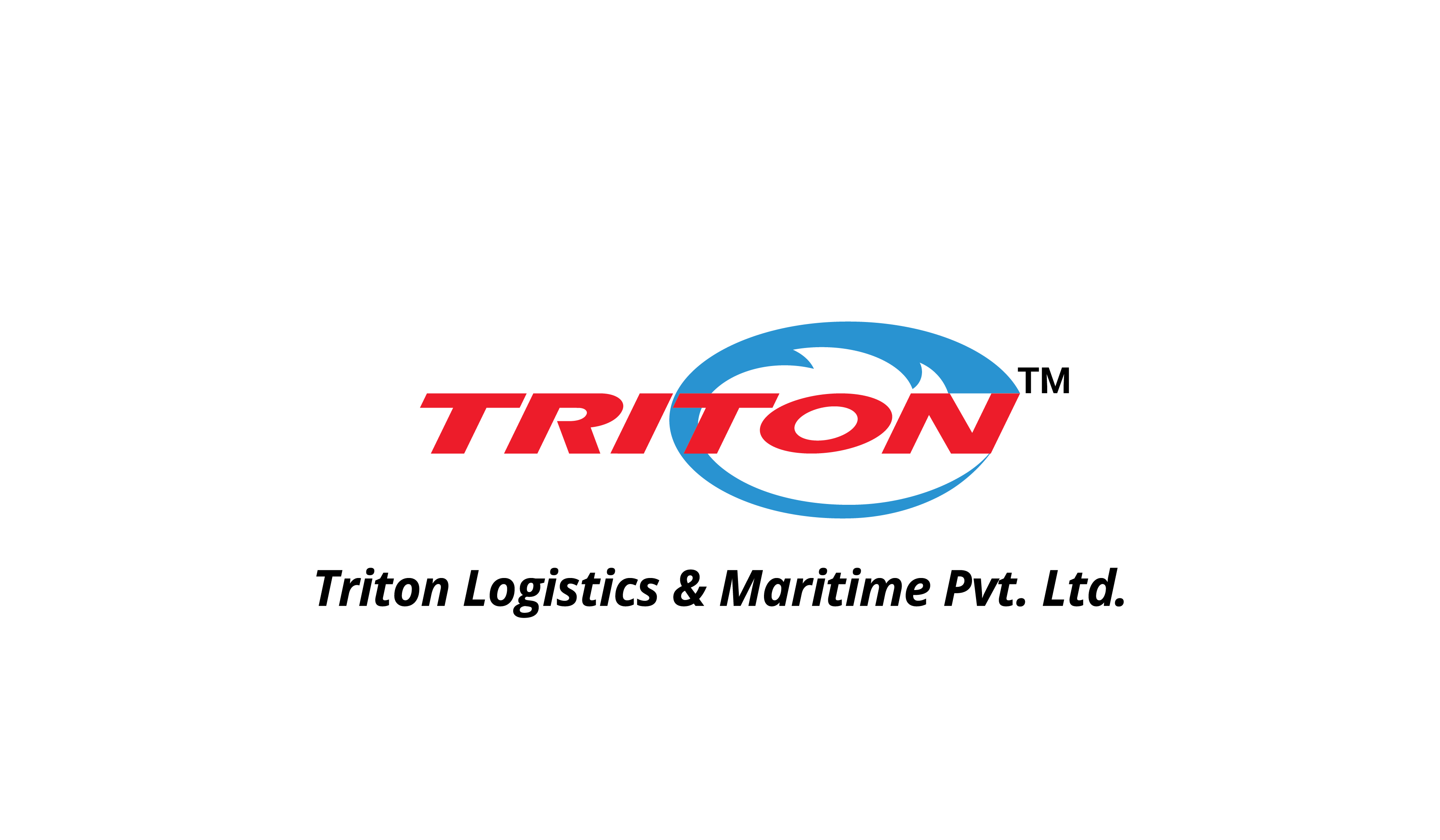The air freight industry keeps the world connected, and behind every shipment soaring through the sky is a critical document: the Air Waybill (AWB). Often referred to as the “contract of carriage” in air cargo, the AWB plays a much bigger role than you might think. So buckle up, aspiring logistics professional, and get ready to dive into the world of AWBs!
AWB: More Than Just a Receipt
While an AWB acknowledges receipt of your shipment by the airline, it serves multiple purposes. Here’s a breakdown of its key functions:
Contract of Carriage: This is the legal agreement between you (the shipper) and the airline outlining the terms and conditions of transporting your goods. It specifies the rights and responsibilities of both parties.
Shipment Information: The AWB captures crucial details about your shipment, including the shipper and consignee information, flight details, number of packages, weight, dimensions, and description of the goods. Accuracy is essential to ensure smooth delivery.
Tracking Tool: The AWB typically contains a unique identification number that allows you to track your shipment’s progress throughout its journey.
Proof of Ownership: The AWB acts as prima facie evidence of ownership for the goods during air transport. This becomes important in case of any disputes or claims.
Different Types of AWBs:
There are three main types of AWBs, each catering to specific needs:
Master AWB: This is the primary document issued by the airline for the entire shipment. It’s used for larger shipments or consolidations where multiple consignments are combined under one AWB.
House AWB: This is issued by a freight forwarder acting on your behalf. It provides additional flexibility and allows the forwarder to manage multiple shipments under a single master AWB with the airline.
Electronic AWB (e-AWB): The digital age has brought us the e-AWB, a paperless version that streamlines document processing and enhances efficiency.
Understanding AWB Clauses and Incoterms
The AWB may contain specific clauses outlining limitations of the airline’s liability or additional charges for special handling. It’s crucial to understand these clauses and negotiate them if necessary. Additionally, referencing Incoterms (International Commercial Terms) within the AWB clarifies responsibilities between buyer and seller regarding costs and risks during transport.
AWB: Your Key to a Smooth Air Cargo Journey
By understanding the Air Waybill and its various functions, you’ll be well on your way to navigating the exciting world of air cargo. Remember, a well-prepared AWB ensures clear communication, facilitates tracking, and protects your interests throughout the air freight process. So next time you see an AWB, recognize it not just as a piece of paper, but as the unsung hero of a successful air cargo journey!




